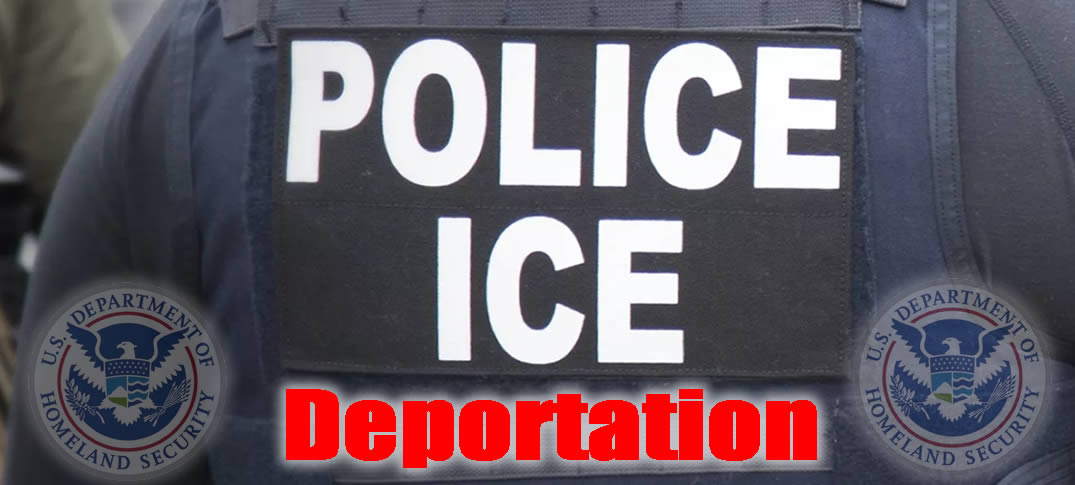By Kate Goettel - www.immigrationimpact.com/
U.S. Immigration and Customs Enforcement (ICE) announced this week a new policy designed to honor and protect vulnerable immigrants. The new policy addresses protections for survivors of violence, trafficking, and domestic abuse. Issued on August 11, the policy states that ICE will exercise prosecutorial discretion “to facilitate access to justice and victim-based immigration benefits by noncitizen crime victims.” Among other things, ICE will refrain from enforcement actions, absent exceptional circumstances, until U.S. Citizenship and Immigration Services (USCIS) makes a final or interim decision on an application for immigration benefits.
Importantly, the memo defines “enforcement actions” broadly to constrain ICE, in most circumstances, from taking the following actions against individuals with pending applications for victim-based protections:
- Issuing detainers.
- Issuing a Notice to Appear, the charging document in immigration court proceedings.
- Stopping, questioning, or arresting an individual.
- Detention.
- Executing a removal order; i.e., deportation from the United States.
The new policy also constrains ICE from taking enforcement actions during a pending criminal investigation or prosecution...
More information https://www.inmigracionyvisas.com/a5215-ICE-Announces-New-Victim-Centered-Policy.html









